Why Your Kitchen Desperately Needs a Backsplash

Let’s get straight to the point: yes, your kitchen needs a backsplash. If you’re still on the fence, thinking, “Do I really need one? —well, let me tell you, not including it is like shelling out for a car without seatbelts. It may seem good enough, but the instant life gets real (and in the kitchen, life gets real) you’ll wish you made a better decision. A backsplash is not merely a decorative flourish. It is a shield, a time-saver, a style statement — all in one. Here’s why this kitchen feature isn’t optional. It’s essential.
Table of Contents
The Kitchen is a Battlefield. A Backsplash is Your Armor.
Imagine this: you’re making a pot of tomato sauce, and it splatters. Or you are frying bacon and grease is popping out of the pan like little fireworks. Without a backsplash, your walls are playing sitting ducks. Those splatters become stains over time. Water, oil, coffee spills — they’ll seep into your paint or wallpaper and leave a patch of discoloration or even an area that’s peeling. Ever attempted to scrub dried-on spaghetti sauce off a painted wall? It’s like trying to wipe away permanent marker. You will rub so hard that you may end up having to repaint the entire area regardless.
A backsplash is a bodyguard for your walls. Stone mosaic tile, ceramic tile, stainless steel or glass — these are materials that form a barrier that liquids and grease can’t penetrate. Just wipe spills up with a damp cloth, and that’s the end of the drama. It’s like a raincoat for your kitchen. You wouldn’t face a storm without one, so why do the walls have to suffer?
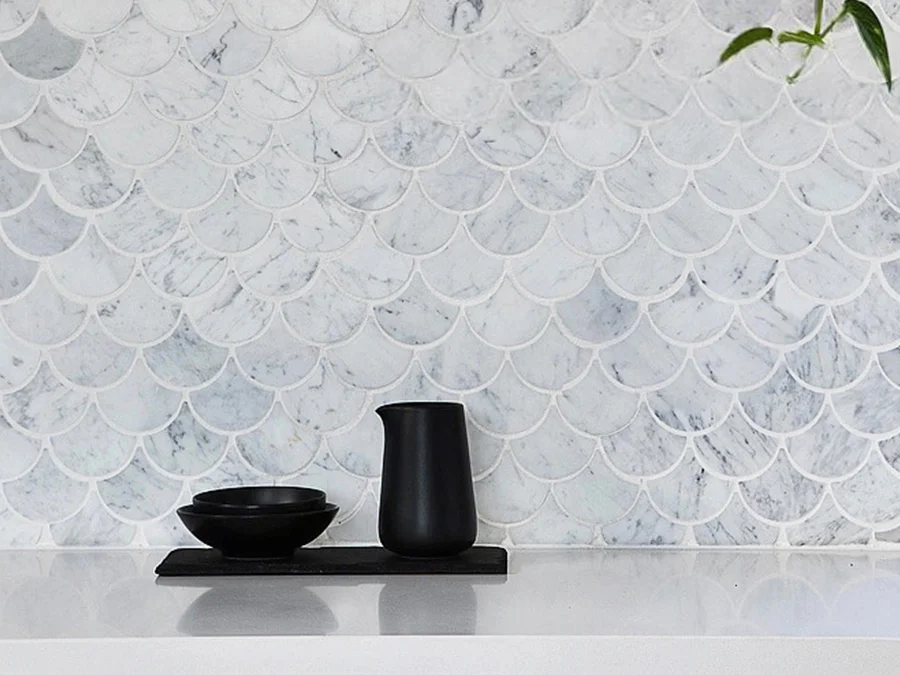
Cleaning? More Like Easy Cleaning.
Let’s be real: the hero of any kitchen is easy cleanup. Your wall without a backsplash is a sticky, greasy magnet. It might appear wipeable at a glance, but after a few months of scrubbing, paint will start to feel tired.” And wallpaper? Forget it. Moisture will make it curl at the edges, and grease will leave shiny spots that shout “I’ve given up!”
Now imagine a shiny tile backsplash. Grease splatters? A quick swipe with a sponge. Sauce splashes? Gone in seconds. Materials such as glass or sealed stone don’t absorb stains, which means you’re not fighting to “save” the surface — you’re merely maintaining it. If you live in a busy household (or anyone who doesn’t want to scrub) this is a total game-changer. It’s the difference between spending 10 minutes cleaning up after dinner and spending 10 seconds.

Style That Doesn’t Quit
Now, let’s skip to the part where we have fun. A backsplash is an opportunity to put your stamp on the kitchen. It’s like jewelry for your counters. Want a classic look? Classic crisp white subway tiles (no thanks, No. 10) never go out of style. Feeling bold? Emerald-green glass tiles, or a Moroccan-inspired pattern? A plain stainless steel backsplash can make a kitchen feel sharp and contemporary.
Your backsplash can be doing the heavy lifting. It can coordinate with your countertops, contrast with your cabinets or stand alone as a focal point. I’ve seen kitchens where the backsplash is the first thing that grabs your attention — a burst of color or texture that makes the entire space feel intentional. Without it, the space behind your stove or sink can seem … incomplete. A painting without a frame.

Your Appraised Value Will Thank You
Here’s a little behind-the-scenes secret: kitchens sell houses. And a backsplash is one of those little upgrades that says, “This home is well cared for!” “From the perspective of prospective buyers, a backsplash says the kitchen is functional and stylish,” Mr. Karp said. It’s a feature that makes the space feel move-in ready, as opposed to “project in waiting.”
Even if you’re not planning to sell anytime soon, you can consider it an investment. A backsplash is inexpensive compared to a full kitchen remodel — but it delivers a visual punch. Realtors frequently say kitchen updates provide some of the highest returns, and a backsplash is a low-lift way to enhance your home’s attractiveness. Skip it, and your kitchen may appear dated or cheap compared to others on the market.
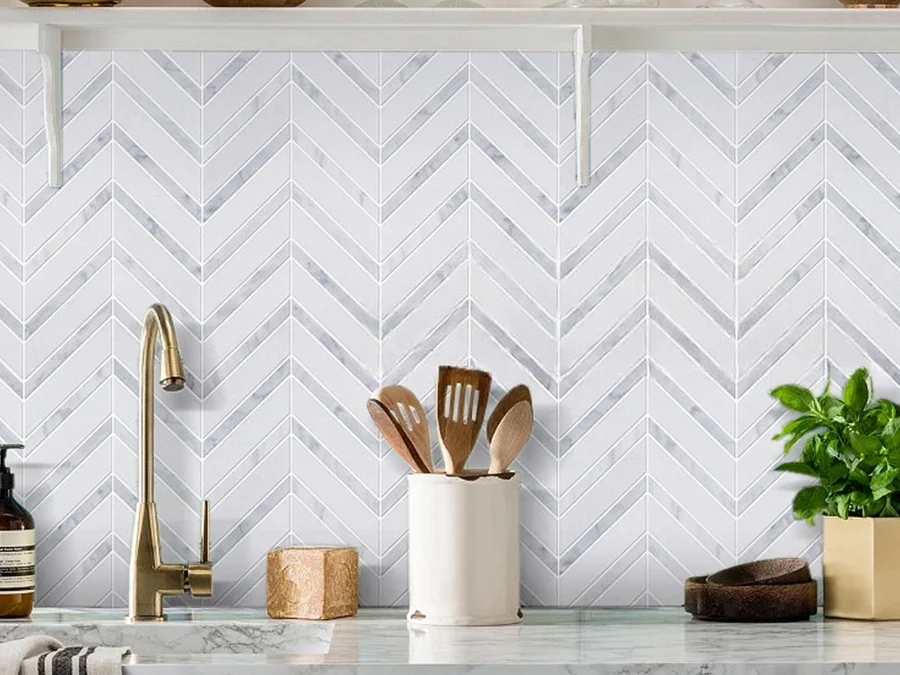
Bye-Bye, Mold and Mildew
Kitchens are humid places. With boiling pots, steaming dishwashers and sinks splashing, moisture abounds. And moisture has a habit of inviting its nasty friends along: mold and mildew. Without a backsplash, water can seep into cracks, behind counters, or into porous walls. Have you ever seen black spots growing behind a sink? That’s mold, and it isn’t just unsightly — it’s a health hazard.
A well-done backsplash helps seal some of those vulnerable spots. Non-porous materials, such as ceramic or porcelain, don’t absorb water, making them a poor habitat for mold. For extra insurance, ensure the backsplashes are sealed at the edges (where the counter meets the wall) to prevent sneaky water beads from collecting there. It’s like putting a force field of grossness around your cooking station.

“But I Rent!” (Here’s Your Fix)
Maybe you’re saying, “I don’t own this place — why should I care? But even renters can have a backsplash — and it can help. Peel-and-stick tiles are an apartment dweller’s best friend. They’re inexpensive, simple to put up, and won’t ruin walls if you leave the place. Or you can choose styles that resemble actual tile, metal or even marble. It’s a quick solution that gives your kitchen more of a clean, folksy vibe. And bonus, your landlord may be glad you’re protecting their walls!
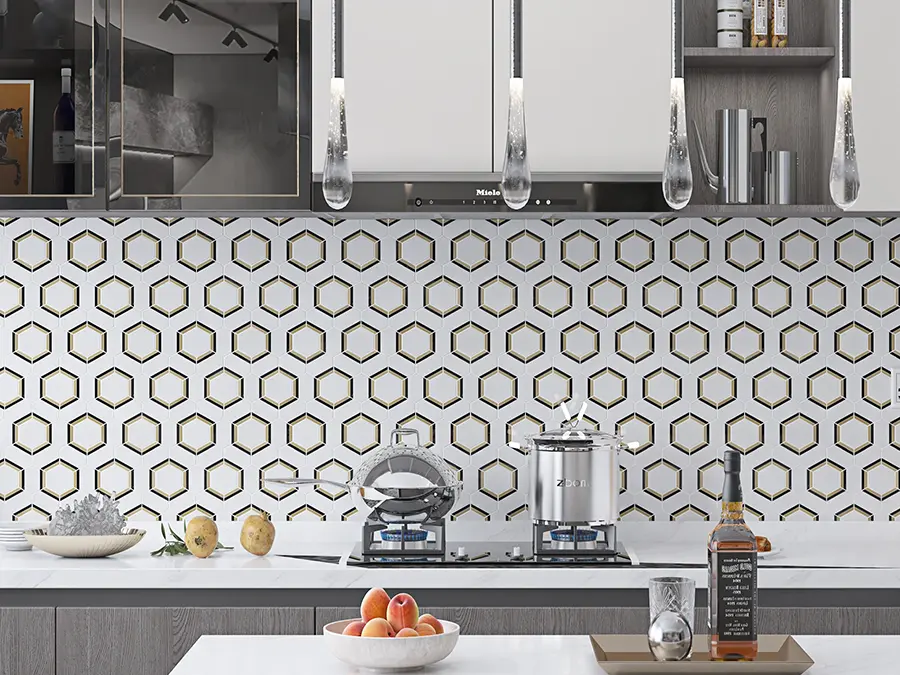
It Doesn’t Cost (or Take) as Much as You Might Think
Let’s get to the big fear: price. Yes, a custom marble backsplash could run thousands. But there are choices for every budget. Ceramic tiles range from a few dollars per square foot. There are even peel-and-stick options that are much cheaper. If you’re handy, a basic tile backsplash can be a DIY weekend project. No fancy skills required — just patience and a solid tutorial.
And here’s the real kicker: a backsplash gives you long-term savings. How? By saving your walls (and bank account) from damage that’d be way more expensive to repair. A stained, warped or moldy wall may need repainting, re-drywalling or even professional mold remediation. The backsplash is worth its weight in gold for stopping such disasters!
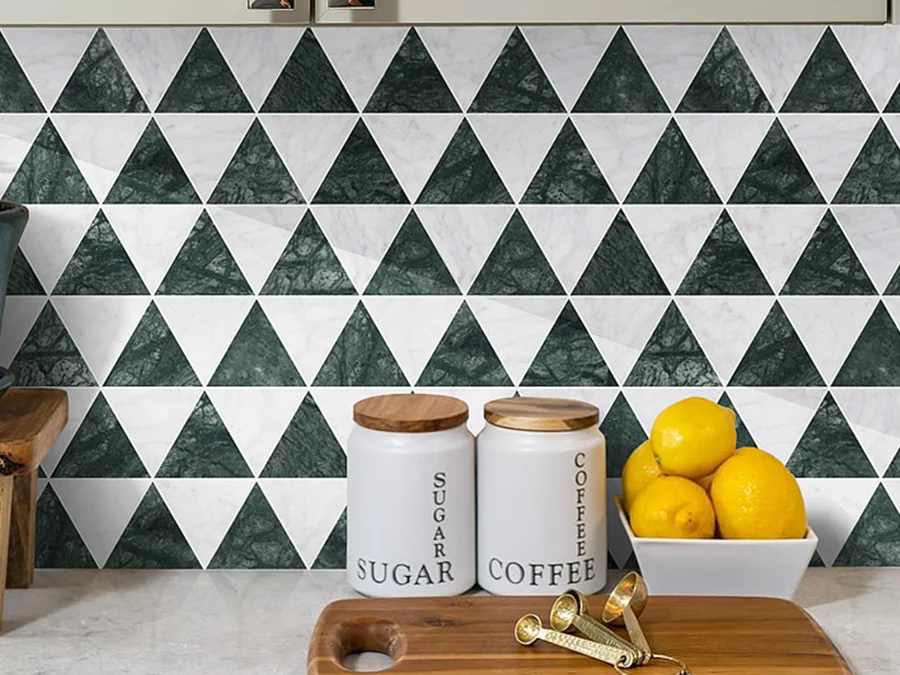
“I’m Just Going to Use Paint…” (Spoiler Alert: It Won’t Work)
Some people attempt to outwit the system with “wipeable” paint or high-gloss finishes. And sure, that’s better than nothing — for a while. But paint is not built to withstand daily onslaughts of grease, steam and cleaning products. It’ll chip, fade or stain over time. I’ve witnessed kitchens where the stove’s “accent wall” is a modern art experiment gone wrong. A backsplash is a permanent solution; paint is a temporary Band-Aid.”
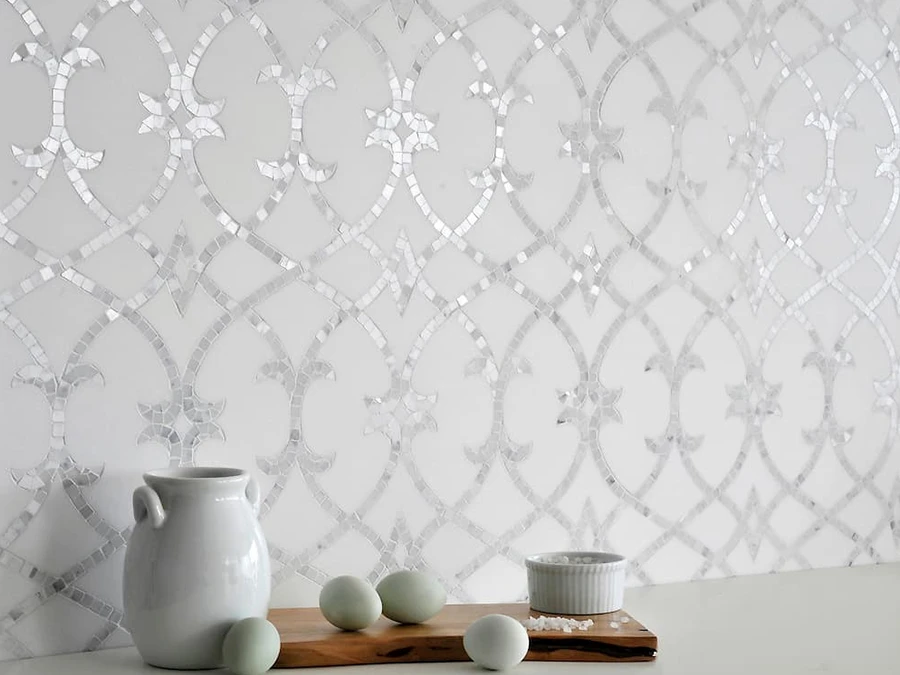
The Psychology of an Inviting Kitchen
Okay, this may sound a bit RuPaul, but your environment influences your mood. A nice-looking, easy-to-clean kitchen makes the process of cooking feel less like a chore. When you aren’t dreading the after-dinner scrub-down, you’re more likely to appreciate meal prep. And a chic backsplash can elevate your morning coffee ritual. It’s not all about practicality — it’s about making a space you want to be in.

Customization: Make It Your Own
And here’s where the fun really starts. Your personality can be reflected in your backsplash. Love vintage vibes? Choose hexagonal tiles in pastel shades. Into industrial chic? In a stylish exposed-brick or screens of copper panels. Want something kid-friendly? Brightly patterned wipeable acrylic. You can even combine materials — such as a mosaic border with subway tiles — for a unique look. The kitchen should not look like everyone else’s. A backsplash is a place where you can do something a little personal without going too far.
What kitchen would you prefer to cook in?
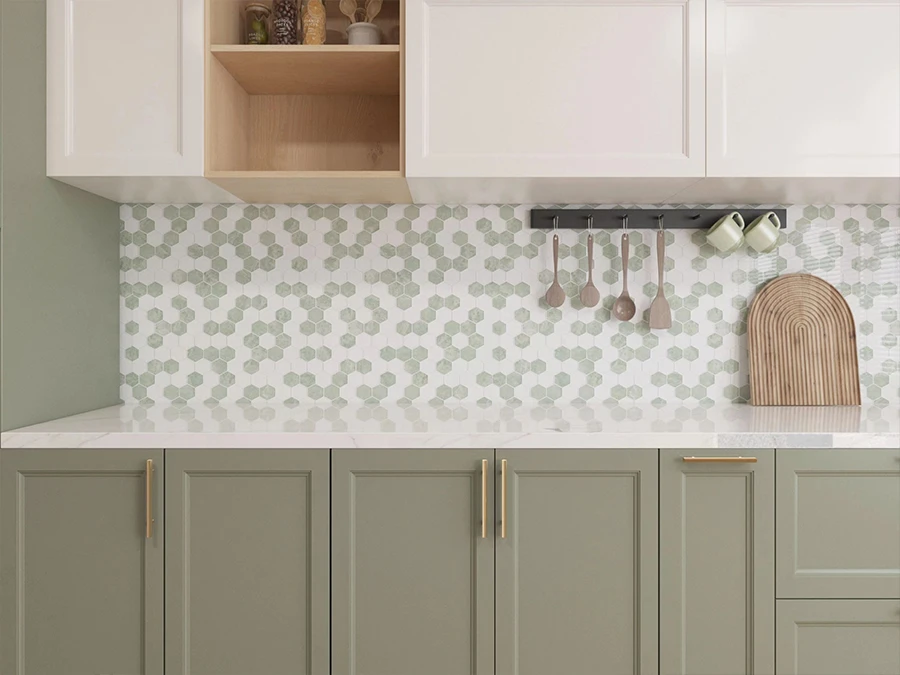
Still hesitating? Let’s play out two scenarios:
No backsplash for kitchen A. A year on, the walls are stained, the paint is chipped and there’s a slight smell of mildew by the sink. Cleaning seems to be never-ending, and the room always feels grimy.
Kitchen B has a backsplash. It still looks brand new. Spills wipe away instantly. The room looks bright, clean and put together.
What kitchen would you prefer to cook in?
A backsplash is not a luxury — it is a necessity. It protects your investment, saves you time and elevates your kitchen from “meh” to “wow.” Whether you choose inexpensive asphalt tiles or indulge in hand-painted ceramics, the advantages greatly outweigh the investment. So stop debating. Grab some samples, choose a design that calls to you, and get that backsplash up. Your walls (and your future self) will thank you.
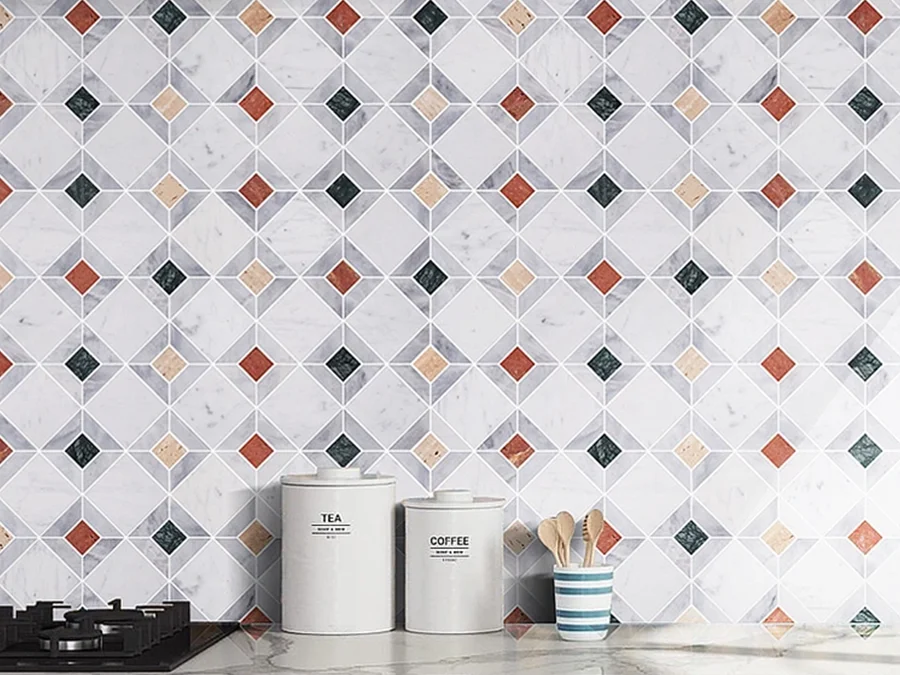
Final Tip
Start small. If the entire kitchen is too daunting, shine first on the “splash zones”: behind the stove and sink. You can always expand later. The trick is to take that first step toward a cleaner, prettier, more functional kitchen. I promise you, you will not regret it.
FAQs
What is a backsplash?
A backsplash is the type of wall covering that goes above a kitchen countertop or bathroom vanity, and provides waterproofing and decoration. To establish if there is a backsplash pay attention to two aspects:
• Is there a water source close by?
• Is it semi-open, meaning, above the counter?
What is the difference between backsplash and tile?
They are different but overlap:
• Backsplash is the usage and tiles, the processed shape.
• Backsplashes include both types, such as tiles, mosaics and prefab slabs.
• Tiles are for backsplashes, sure, but also for walls, floors and pools.
My kitchen window: How to backsplash around it?
• Take measurements of each window dimension, and note them down ahead of overall backsplash installation. Calculate the correct tile size for corners to avoid size mismatch.
• Herringbone is a popular shape but select a shape that can reduce difficulty in dye making – rectangular is best for this.
• As for materials, better to use mosaics which can adjust to different dimensions round the windows.
If the backsplash ends on an open wall, what do you do?
In case of no upper cabinets, there are two approaches:
Tile all the way to the ceiling for a lovely overall effect, if a more expensive option.
Tile just a few dozen centimeters high, factoring in measurements and finishing. It is better to use standard sizes like 300×300 mm to make its finishing neat.
How to clean backsplash?
Daily cleanup: First, you just wipe with a damp cloth, the second pass you would use dish soap or a neutral cleaner to lift stains, and finally you would dry the area with a clean cloth.
Ultra stubborn stain cleaning: Pick a strong cleaner according to the material, which can be somewhat corrosive. While cleaning, you must wear gloves and a mask.
